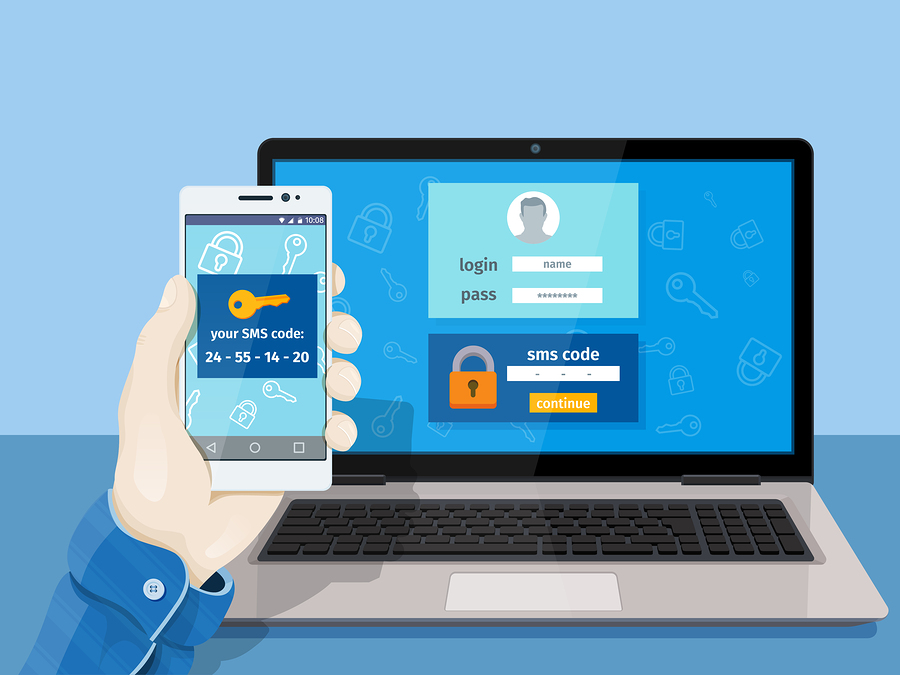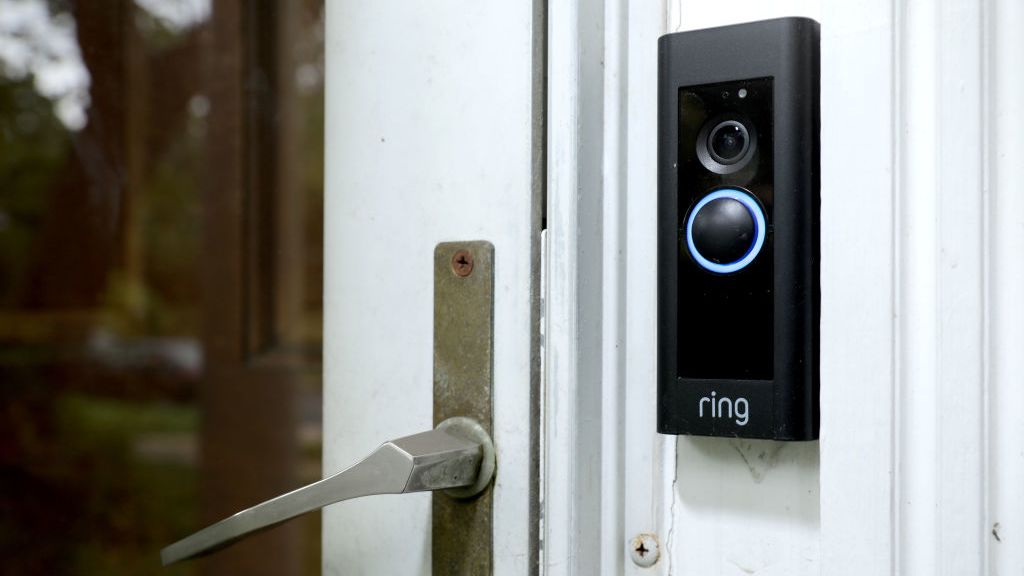Eurostar will use biometrics to power ‘contactless travel’
Facial verification tech will eliminate the need for passengers to come into contact with people or hardware


The Department for Transport (DfT) has thrown its weight behind a project to bring ‘biometric entry corridors’ powered by facial verification technology to Eurostar services.
From next year, passengers using the Eurostar from London St Pancras will be allowed to board trains using a walk-through system, automating ticket checks and the border exit process.
This implementation will eliminate the need for passengers to come into contact with either human staff, or hardware.
Using iProov’s authentication technology, passengers will be given the option to scan their ID onto the Eurostar app prior to travelling with the platform verifying the user against their document. When arriving at St Pancras, the passenger would then enter a contactless travel corridor and a kiosk performs the same process.
“What started off as a project to reduce travel congestion and keep passengers moving is now going to help keep people safe in a pandemic world through social distancing and contactless interaction,” said iProov founder and CEO Andrew Bud.
“It’s yet another example of how opt-in facial verification is making life easier and safer for people around the world.”
Facial recognition technology has long come under fire, particularly with regards to its use in law enforcement. Privacy activists are particularly concerned that implementing the technology without oversight could constitute an intrusion into people’s daily lives.
Get the ITPro daily newsletter
Sign up today and you will receive a free copy of our Future Focus 2025 report - the leading guidance on AI, cybersecurity and other IT challenges as per 700+ senior executives
Objections have also been raised over the alleged racial biases found in the software, with people of ethnic minorities also concerned it could lead to abuse by police forces embedded with systemic racism.
The company maintains that it doesn't use facial recognition, but facial verification. The difference, iProov says, lies in the way its system verifies users' identities against their documents, which involves a different technological procedure.
The technology iProov uses involves something known as ‘controlled illumination’ to authenticate users’ identity against their identity documents when passing through the biometric entry corridor.
This process checks whether the user is a real person, rather than a photo, video or wearing a mask, as well as checking if the user is asking to be authenticated there and then. This is in order to protect against the prospect of criminal attacks using deepfakes.
Upon successful authentication, passengers would receive a message confirming their identity had been secured, and that a ticket or passport would not need to be shown again until they reached their destination.
Speaking on potential ethical concerns, executive director of the Open Rights Group (ORG) Jim Killock said the public would need to understand what the data retention and sharing procedures would be.
"Surveillance and biometric surveillace at our borders are becoming more instrusive over time, and systems like this tend to stay in place in one form or another," he told IT Pro.
“At the very least a clear path to closing such systems and deleting the data collected specifically for this pandemic should be in place."
The system has already been trialled in airports to increase the speed and security of the immigration process and is being ported to train travel as part of a competition run by the DfT and Innovate UK.
The platform will be developed in a close partnership between iProov, Eurostar and Candian travel and immigration tech specialist WorldReach. The system will be in live operation by March 2021.

Keumars Afifi-Sabet is a writer and editor that specialises in public sector, cyber security, and cloud computing. He first joined ITPro as a staff writer in April 2018 and eventually became its Features Editor. Although a regular contributor to other tech sites in the past, these days you will find Keumars on LiveScience, where he runs its Technology section.
-
 Asus ZenScreen Fold OLED MQ17QH review
Asus ZenScreen Fold OLED MQ17QH reviewReviews A stunning foldable 17.3in OLED display – but it's too expensive to be anything more than a thrilling tech demo
By Sasha Muller
-
 How the UK MoJ achieved secure networks for prisons and offices with Palo Alto Networks
How the UK MoJ achieved secure networks for prisons and offices with Palo Alto NetworksCase study Adopting zero trust is a necessity when your own users are trying to launch cyber attacks
By Rory Bathgate
-
 Five things to consider before choosing an MFA solution
Five things to consider before choosing an MFA solutionIn-depth Because we all should move on from using “password” as a password
By Rene Millman
-
 The IT Pro Podcast: Going passwordless
The IT Pro Podcast: Going passwordlessIT Pro Podcast Something you are, or something you have, could be more important than a password you know in the near future
By IT Pro
-
 Podcast transcript: Going passwordless
Podcast transcript: Going passwordlessIT Pro Podcast Read the full transcript for this episode of the IT Pro Podcast
By IT Pro
-
 UK police fails ethical tests with "unlawful" facial recognition deployments
UK police fails ethical tests with "unlawful" facial recognition deploymentsNews A University of Cambridge team audited UK police use of the tech and found frequent ethical and legal shortcomings
By Rory Bathgate
-
 Snapchat settles for $35 million in Illinois biometrics lawsuit
Snapchat settles for $35 million in Illinois biometrics lawsuitNews The social media giant had been accused of improperly collecting, storing facial geometry in violation of state legislation
By Rory Bathgate
-
 Home Office to collect foreign offenders' biometric data using smartwatch scheme
Home Office to collect foreign offenders' biometric data using smartwatch schemeNews Facial recognition and geolocation data will be matched against Home Office, Ministry of Justice and police databases
By Rory Bathgate
-
 Southern co-operative faces legal complaint for facial recognition CCTV
Southern co-operative faces legal complaint for facial recognition CCTVNews Rights group Big Brother Watch has written to the Information Commissioner to “stop unlawful processing”
By Rory Bathgate
-
 Amazon gave police departments Ring footage without permission
Amazon gave police departments Ring footage without permissionNews The tech giant has done this 11 times this year
By Zach Marzouk